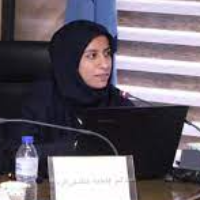Persian Orthography in IRIB Based on Guidelines Approved by Persian Academy of Language and Literature Based on Multiple Attribute Decision Making
Given that television is one of the most influential media that uses written language in various TV programs, like advertisements and subtitles, it can be considered as one of the best tools for expanding and teaching the orthography approved by Persian Academy of Language and Literature. In this regard, the present study addresses the representation of Persian orthography in the national media and its compliance with the guidelines approved by the Academy. In this research, an extension of TOPSIS method has been used in the framework of Multiple Attribute Decision Making. To this aim, orthographic content of seven IRIB TV channels namely, One, Two, Three, Four, iFilm, Tamasha and News were analyzed. Then, the compliance rate of each was verified by the “Guidelines on Persian Orthography” approved by the Academy and the channels were ranked by linear assessment method. Findings indicate that none of the seven channels are fully compliant with the guidelines.
-
Translation criticism from the perspective of the translator’s gender in framework of critical discourse analysis; A case study of the novels "The handmaid’s tale" and "The mountains echoed"
Masoomeh Asadollah Sharifi *, Zohreh Safavizadeh Sohi, , Marjan Taheri Osgouei
Journal of Sociolinguistics, -
The National Media's Approach to Persian and Local Languages: A Critical Evaluation Based on Language Policy and Planning Framework
Hossein Davari *, Negar Davari Ardekani,
Journal of Linguistic Studies: Theory and Practice,


